Many people have been relocating to Phoenix, Arizona, and its surrounding areas for a myriad of reasons, including jobs and the environment.
Many others enjoy vacationing there. However, pet owners, in particular, are often concerned about whether there are ticks, fleas, mites, and other types of small pests in Arizona.
In Arizona, there are at least 25 different kinds of ticks. Only a few of these species are likely to be encountered by most people.
Among the most prevalent parasites in the state is the Brown Dog Tick (Rhipicephalus sanguineous), which is extremely widespread here.
Fleas could be an issue for you, based on your location. Treating a disease is always more difficult than preventing it.
Pet owners should talk to their veterinarian about preventative measures if they have any.
Table of Contents
In Arizona, what kind of flea is the most common?
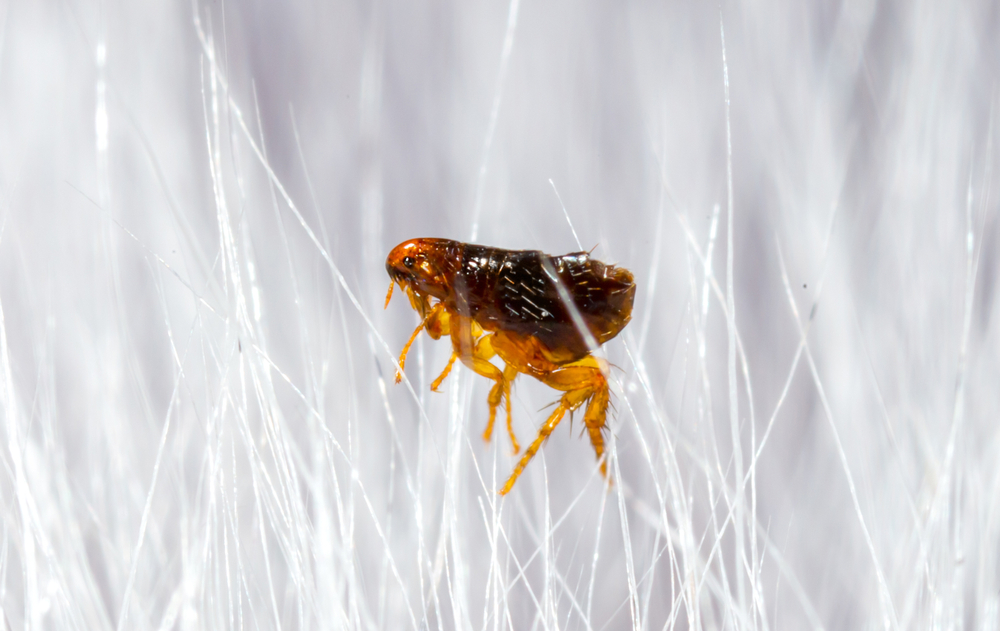
Ctenocephalides felix, also known as the cat flea, is the most common flea. However, there are many more.
Humans, birds, guinea pigs, ferrets, mice, rats, and hamsters can all be infected by this particular flea.
Humans and pets alike are at risk of the rapid spread of fleas, which can swiftly infest a whole household.
It is necessary to treat all pets in the home if one of them has fleas.
How do you recognize if your pet has fleas?
Fleas can survive by feeding on their hosts’ blood. Itching and an allergic reaction may occur as a result of their saliva irritating the host’s skin when they bite.
Comb a part of your pet’s back hair toward a white surface to see if they have fleas. A small amount of water can be used to remove any black particles that appear to be dirt.
Your pet has fleas if the black specks start to turn rust-colored red. The rusty color is the consequence of your pet’s blood being drained.
Your pet is healthy if, when brushed, no hair falls off or the black flecks stay black.

Flea infestations can cause the following symptoms:
- anemia
- mild to severe itching
- sores that do not close
What options are there for flea treatment?
All household members should be treated if a pet has fleas. Shampoo or topical therapy are two options for treatment.
To get to the root of the problem, topical treatments are the most highly recommended. You can ask your veterinarian for advice on which flea preventative would be best for your pet.
How common are mites in Arizona?
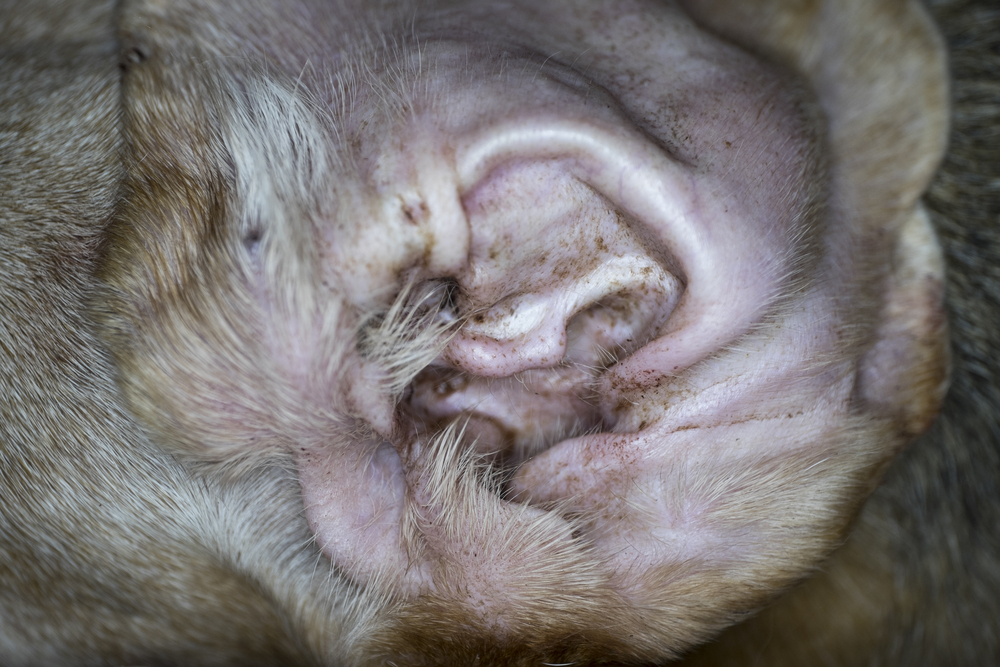
Mites in Phoenix, like countless other parasites, can be found in a variety of forms. In cats, the ear mite is the most prevalent form of mite, causing ear illness.
To find mites on a pet and know what kind they are, vets must use a microscope to magnify them.
The most common way that a pet gets mites is via another animal or from the bedding of another animal.
Some mites are infectious to humans, like scabies, but there are others like mange that aren’t.
Symptoms of a mite problem might include:
- A crusty rash around the ears
- Ear discharge that is dark, waxy, or crusty
- Excessive scratching that results in hair loss
- Involuntary jerking of the head
- Blood blisters encircling the ear lobes
- Scaly patches
What mite treatments are available?
After a microscopic assessment, the veterinarian will identify the appropriate treatment for your pet’s mite problem.
The treatment of some mites can be done with topical or oral treatments, while others require a wash or dip.
Although certain mites can’t be treated, they can be kept under control with the right medication and proper treatment.
What areas do ticks impact the most?
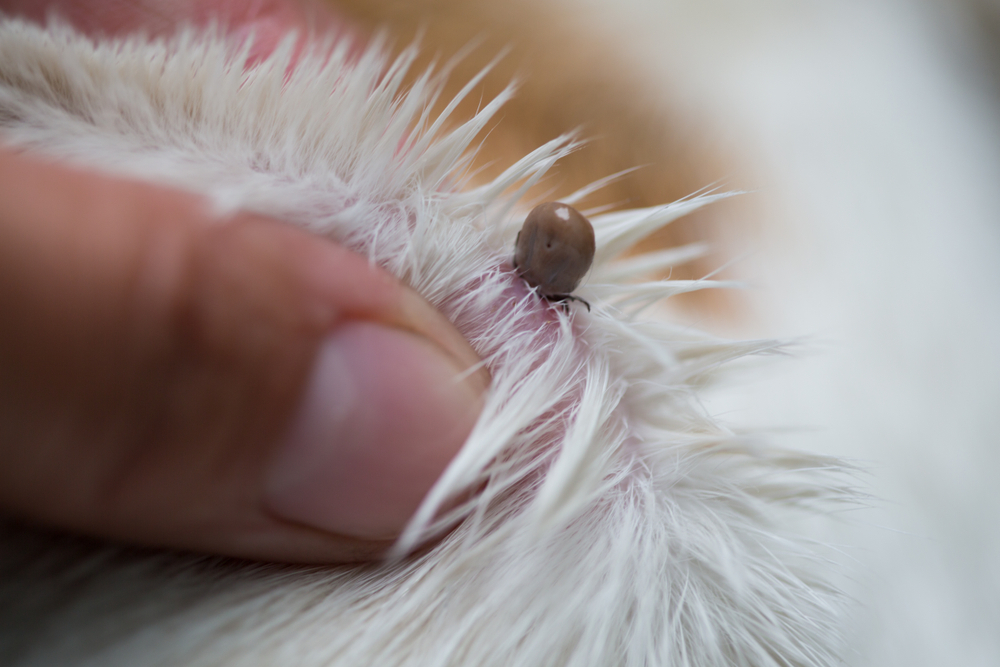
There’s no denying that pets are creatures of habit, scurrying around in every nook and cranny they can find.
This roaming might lead to a pet being infested with ticks.
Ticks attach to the neck, ears, or skin folds of pets more frequently in dogs than in cats. In addition to causing pain and discomfort, tick bites can also spread disease and lead to anemia.
In areas where ticks are a problem, make sure to check your pet after a walk or when they’ve been outside for a long time to see if they have any.
What should I do if I find a tick on my pet?
The simplest strategy to avoid the spread of disease is to remove a tick as soon as it is discovered.
As near to the animal’s skin as feasible, use tweezers to remove the tick. Tightly grip the tweezers and pull the tick out of its skin.
Crush the tick after it has been removed, but do not come into contact with the guts, which may contain pathogens.
To prevent your pet from being infected by a tick, you must extract the complete tick, including the head, from your pet’s body.
In Arizona, do ticks affect humans or only animals?
Ticks rarely bite people in Arizona, but if one is found, they should be removed as soon as possible.
Preventing infection by removing a tick as soon as possible minimizes the risk of disease transmission by at least several hours.
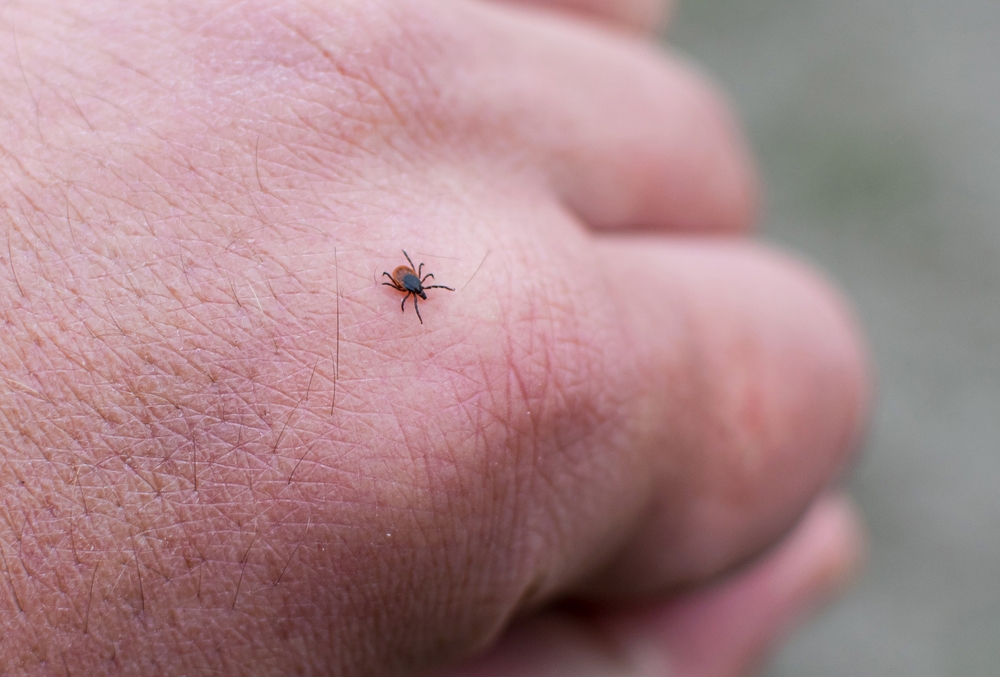
Fine tweezers should be used to remove the insect. Pull the tick straight up by grasping it as close to the skin as you can.
The mouthparts of the tick may break off if you twist them, leaving them in your skin. Squeezing the tick can also cause the tick’s body to leak fluids into the tissues.
What comes next after you remove a tick?
Using soap and water, cleanse the bite area and tweezers before and after removal. When handling an infected tick, take care not to break the skin or come into contact with your eyes, nose, or mouth because the fluids from the tick might spread disease.
A tiny leak-proof jar filled with rubbing alcohol and labeled with the date, contact details, and location of the tick should be used to store any ticks removed from humans (not pets).
Unless you have a health issue, bring the tick immediately to the Vector-Borne Disease Program of the Arizona Department of Health Services in Phoenix; if so, you can also take it to your local Cooperative Extension Agent.
Is it possible to get rid of ticks using natural methods?
Old remedies like “suffocating” ticks in petroleum jelly or using a lit match are popular for getting rid of them.
These remedies are harmful and useless, enabling the tick to introduce new infections into your or your pet’s circulation, which can be deadly.
What are the options for tick prevention in pets?

A tick preventative is a good idea during tick season, especially if you’re bringing your pet hiking or camping in strongly infested areas.
If you’re not experienced with tick extraction, make an appointment with your veterinarian, who will do it for you.
Are flea and tick collars worth getting?
Tick collars, according to some experts, can be hazardous to your dog and should not be used to prevent fleas and ticks.
Flea collars, on the other hand, are highly recommended by some since they can protect your pet against flea bites if used according to the label’s instructions.
Do cats benefit from flea collars?
Make sure you buy a cat-specific flea product when shopping for one for your pet. An insect growth regulator (IGR), which destroys flea eggs and larvae, is often the ideal ingredient in flea collars for them to work.
Make sure your cat is comfortable with the collar before using it.
To avoid allergic responses, pick the ones that don’t have a pungent smell. Using a cat collar with a safety feature can help your cat escape and not get tangled up in anything while it’s climbing or playing.
Cats may not appreciate flea collars, so if that’s the case, you may want to try a spot treatment or a cat-specific cleansing shampoo.
Ask your veterinarian if you have any questions.
Do flea collars work for dogs?
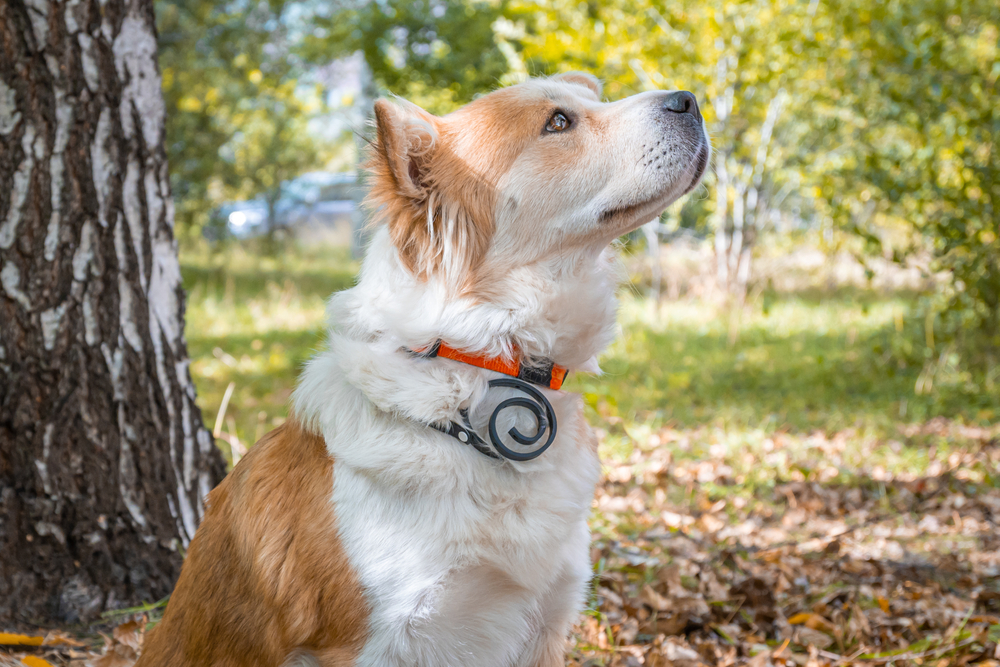
If you choose to use flea collars on your dog, that’s alright. For most dogs, flea collars are effective for months, providing long-term protection.
Keep an eye out for any localized skin responses or allergies in your dog, just as you would in a cat.
Your dog’s entire body could be at risk if you use this collar on a very large dog. If a flea collar does not work for your dog, alternative options include a spot treatment or a flea and tick foamy shampoo.
Your vet is the best person to ask if you are unsure of what type of product to use for your pet.
What are the benefits of flea collars for dogs and cats?
Flea and tick collars are a great option if you’re constantly on the go. Their benefits include:
- Being cost-effective
- Being simple to use
- Offering all-day protection
- Keeping mosquitoes away as well
- Being water-resistant
Make sure to read the instructions thoroughly, no matter if you’re using a flea collar on a cat or a dog.
Does the use of flea collars alone prevent infestations?

As part of an overall flea prevention strategy, you should also be using flea-control solutions in your house and yard.
Choosing a flea collar or other flea treatment for your pet should be based on the age of your pet and the sort of fleas your pet has been exposed to in the past.
Again, it is always best to consult with your vet if you have questions.
Are flea and tick medications available over the counter?
The skin and coat of your dog can be adversely affected by over-the-counter flea and tick shampoos.
Advantix and Frontline are two common topical tick preventatives carried by some veterinarians.
When you next see your veterinarian, make sure to broach the subject of which option would be best for your pet.
What are the symptoms of tick fever?
Ehrlichiosis, often known as tick fever, is a contagious disease spread by ticks that affects dogs.
Tick fever can infect your dog even if you have never seen any ticks on him. Lethargy and a loss of appetite are among the most prevalent symptoms, but joint discomfort, fever, and swollen lymph nodes can also be present.
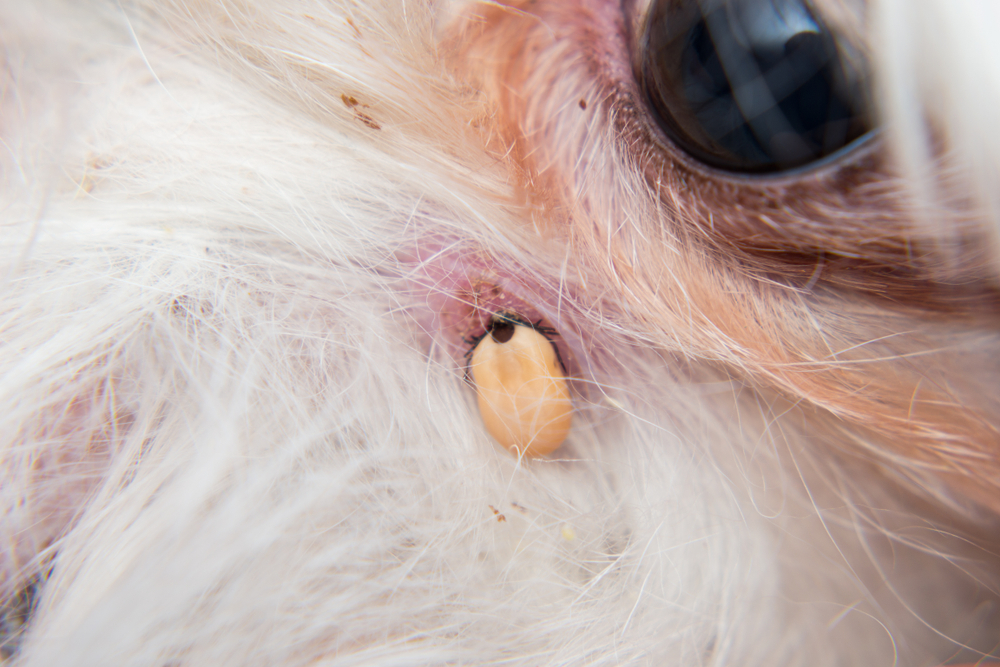
Since tick fever might come with irregularities like low platelets in the CBC (complete blood count), the veterinarian might suggest a tick fever test if the results show any peculiarities there.
The best way to prevent your dog from getting ticks is to remove them from your dog’s environment.

















